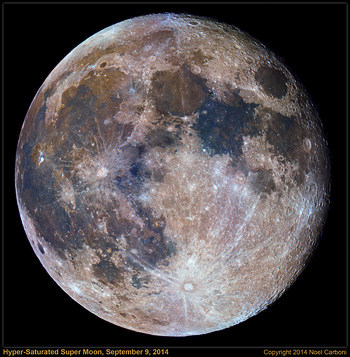
|
Two Days Past a Super Moon, September 10, 2014
A Super Moon is when the moon happens to reach Full stage at the same time it's closest to the Earth, and so it looks large in the sky. This image was taken almost 2 days past the Full phase, and you can see the edge starting to fall in shadow at the upper-right. This image is a mosaic of 18 separate and overlapping 10 megapixel images from my Canon EOS-40D digital SLR set to M (manual) mode, captured as raw .CR2 files and converted and stitched together in Photoshop CC 2014.2. I mounted my dSLR to my Meade LX200 GPS UHTC 10" Schmidt-Cassegrain telescope via my 2x Televue Powermate - a focal length doubler, similar to a teleconverter, which also serves to mate the camera to the 2" telescope eyepiece tube. Effective focal length in this configuration is 5000mm f/20. Using Live View mode on the camera to frame the images, I swept across the surface in a zig-zag fashion, trying for about 1/3 to 1/2 overlap between frames. I triggered the shutter 8 times manually at each position with my TC80-N3 remote timer/controller, allowing the telescope to settle (stop vibrating) between shots. After I chose the sharpest image from each set, Photoshop CC's Photomerge feature made quick work of the stitching. Since it was taken at the camera's most noise-free setting (ISO 100), the data is highly accurate, and thus I was able to strongly increase the color saturation via Photoshop's Image - Adjust - Hue/Saturation function. Thus the colors are real, indicating different mineral compositions of the lunar surface. Click here to see a medium resolution image. Click here to see a high resolution image.
|
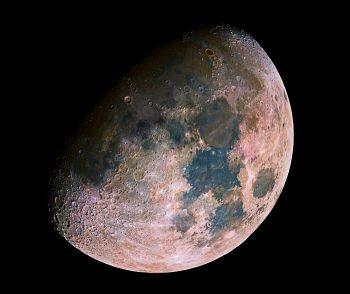
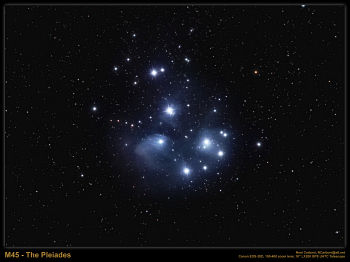
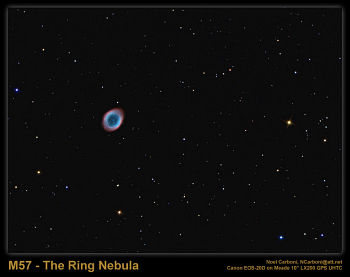
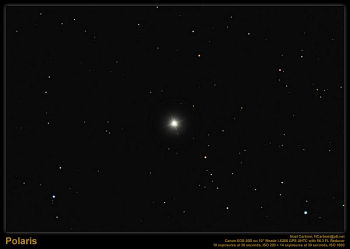
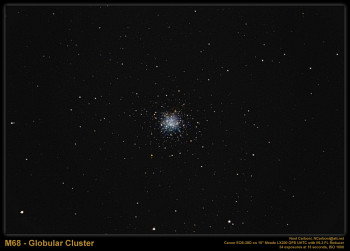
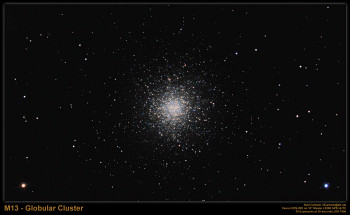
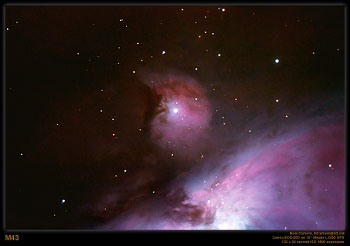
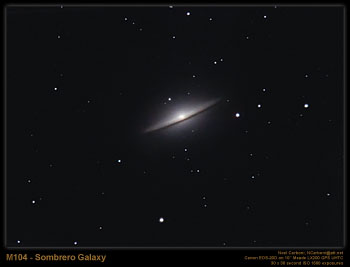
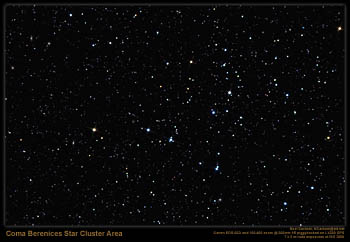
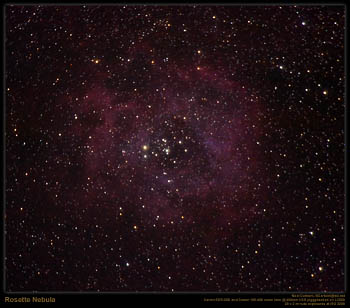
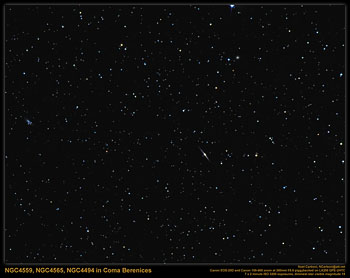
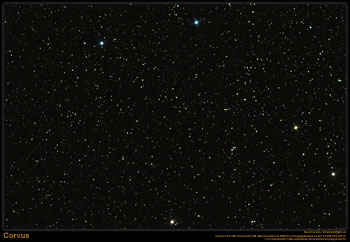
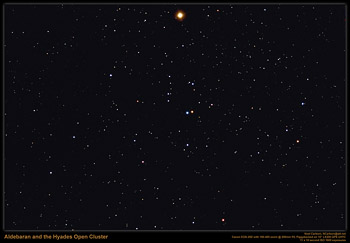
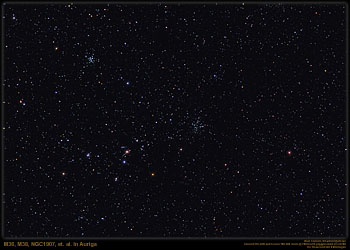
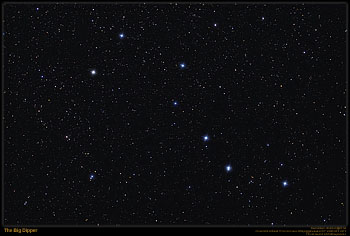

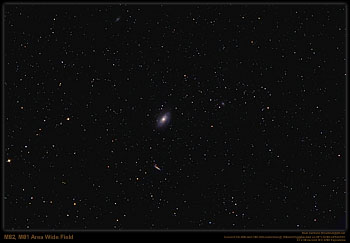

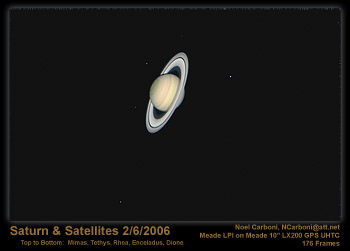
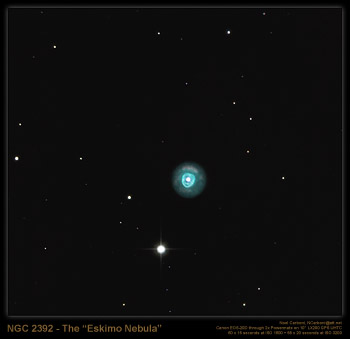
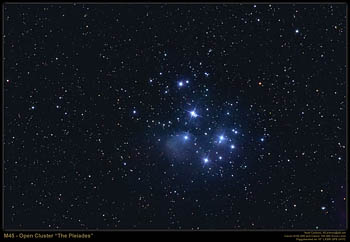
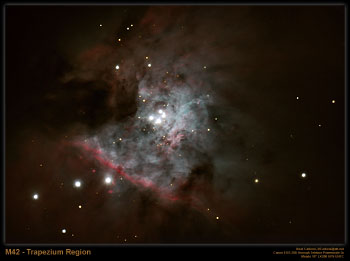
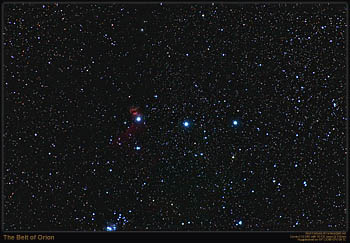

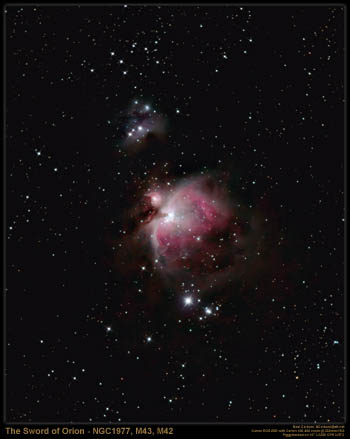
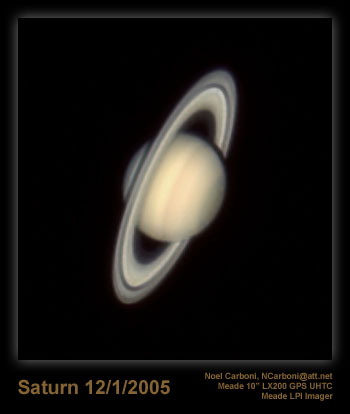
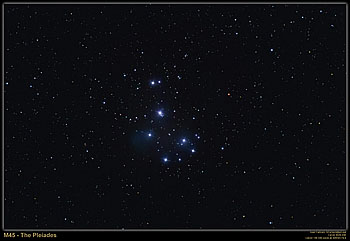
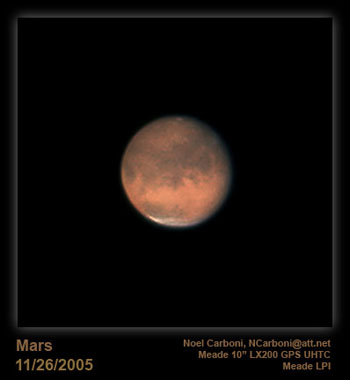
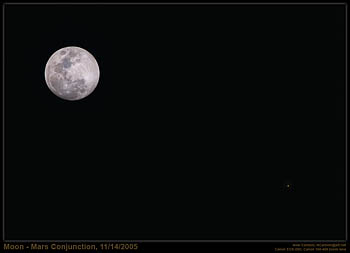
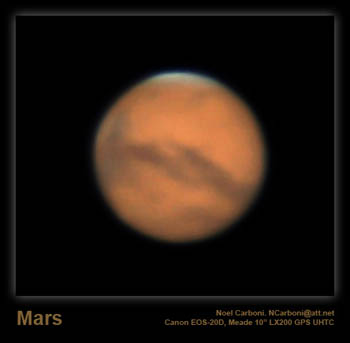
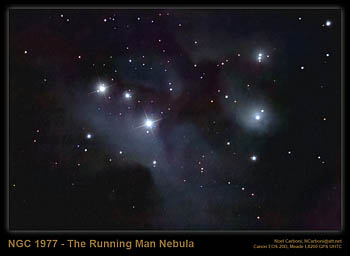
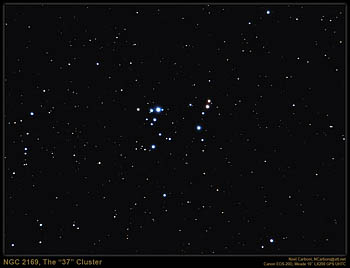
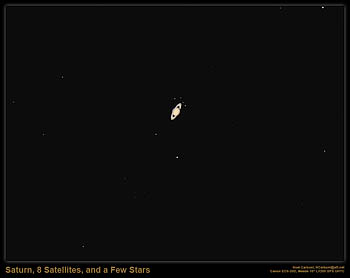
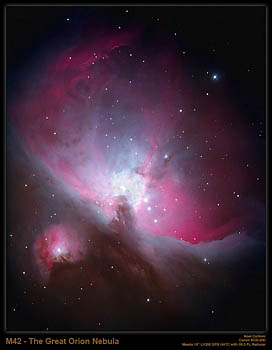
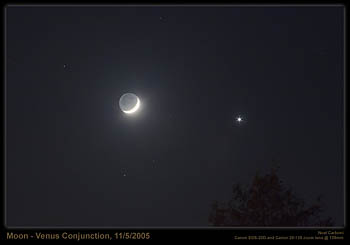
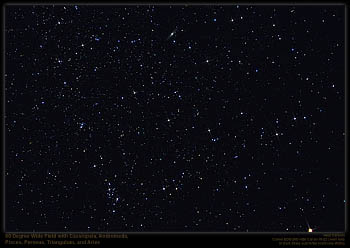
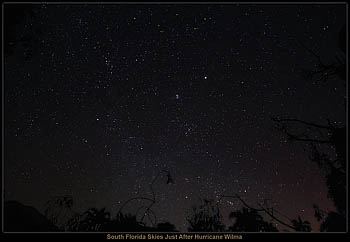
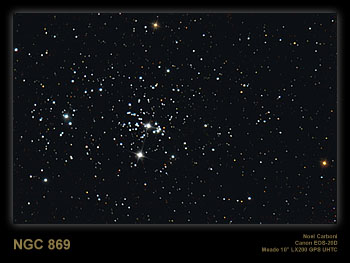
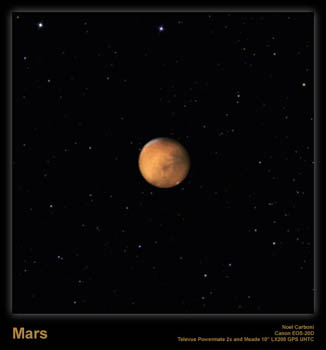
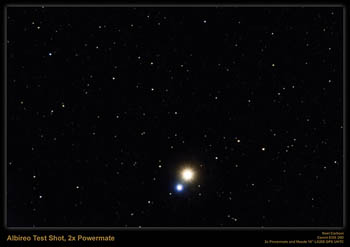
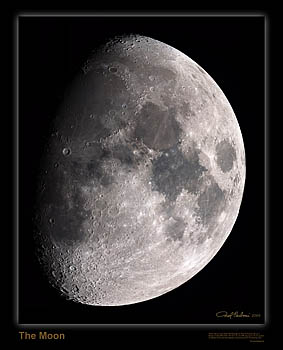

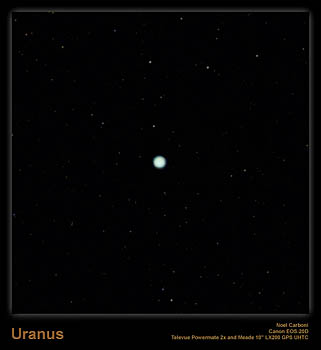

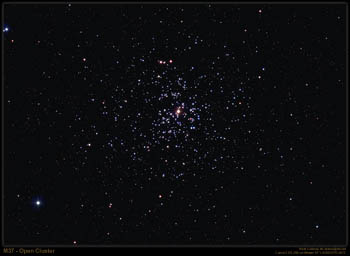
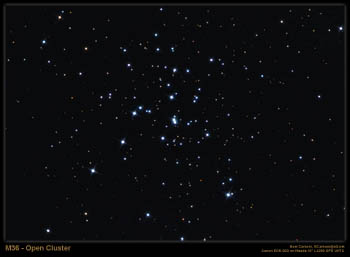
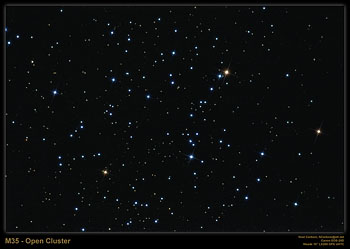
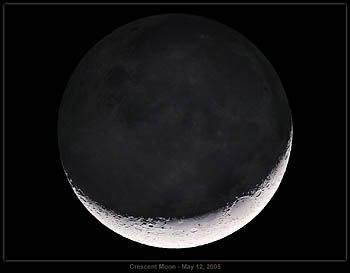
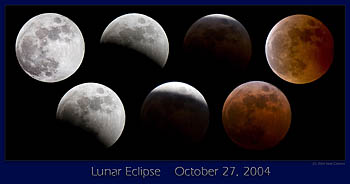
![[Click Here to Read About Noel's 1982 Corvette]](images/NC82_Thumbnail.jpg) Contact me at NCarboni@ProDigitalSoftware.com
Contact me at NCarboni@ProDigitalSoftware.com